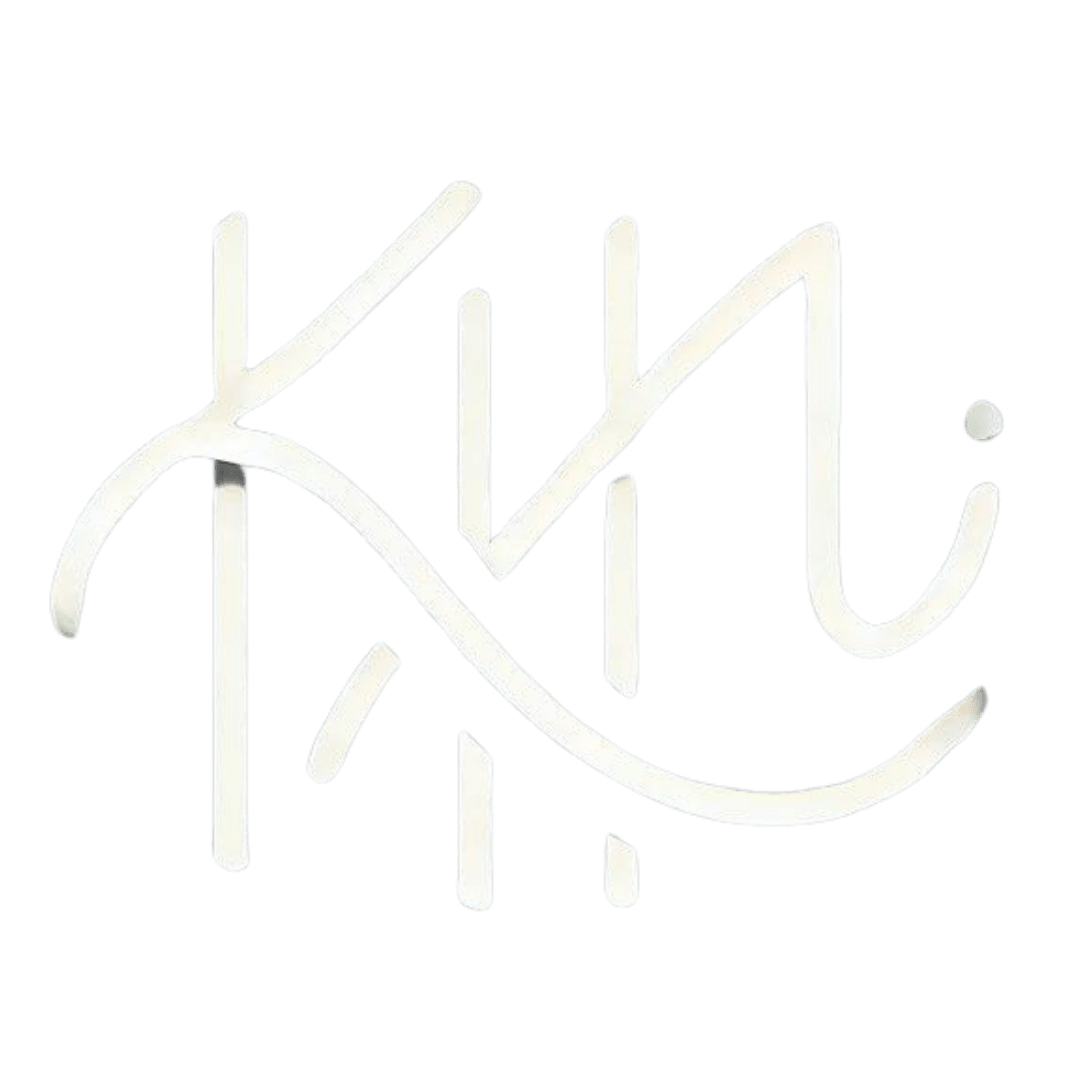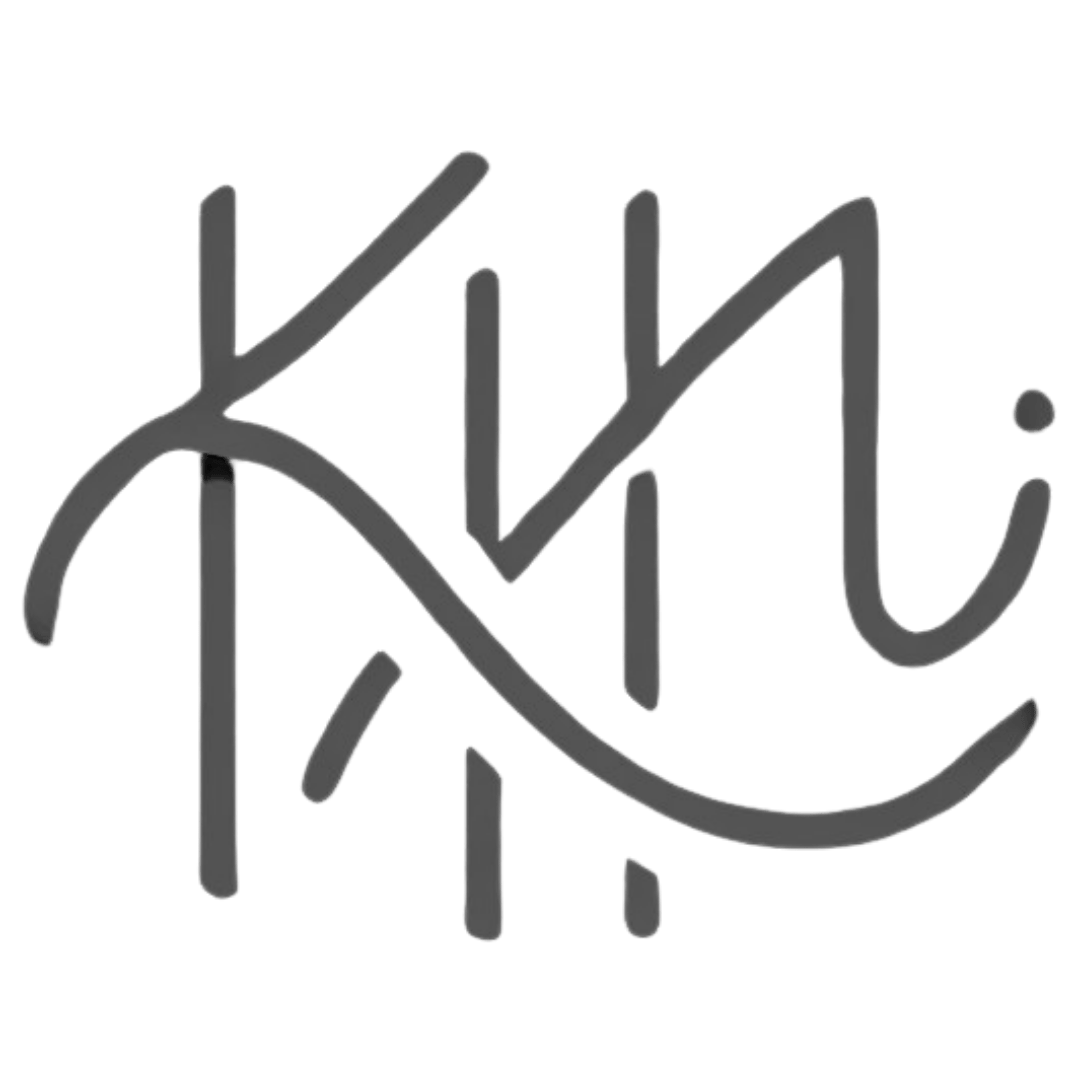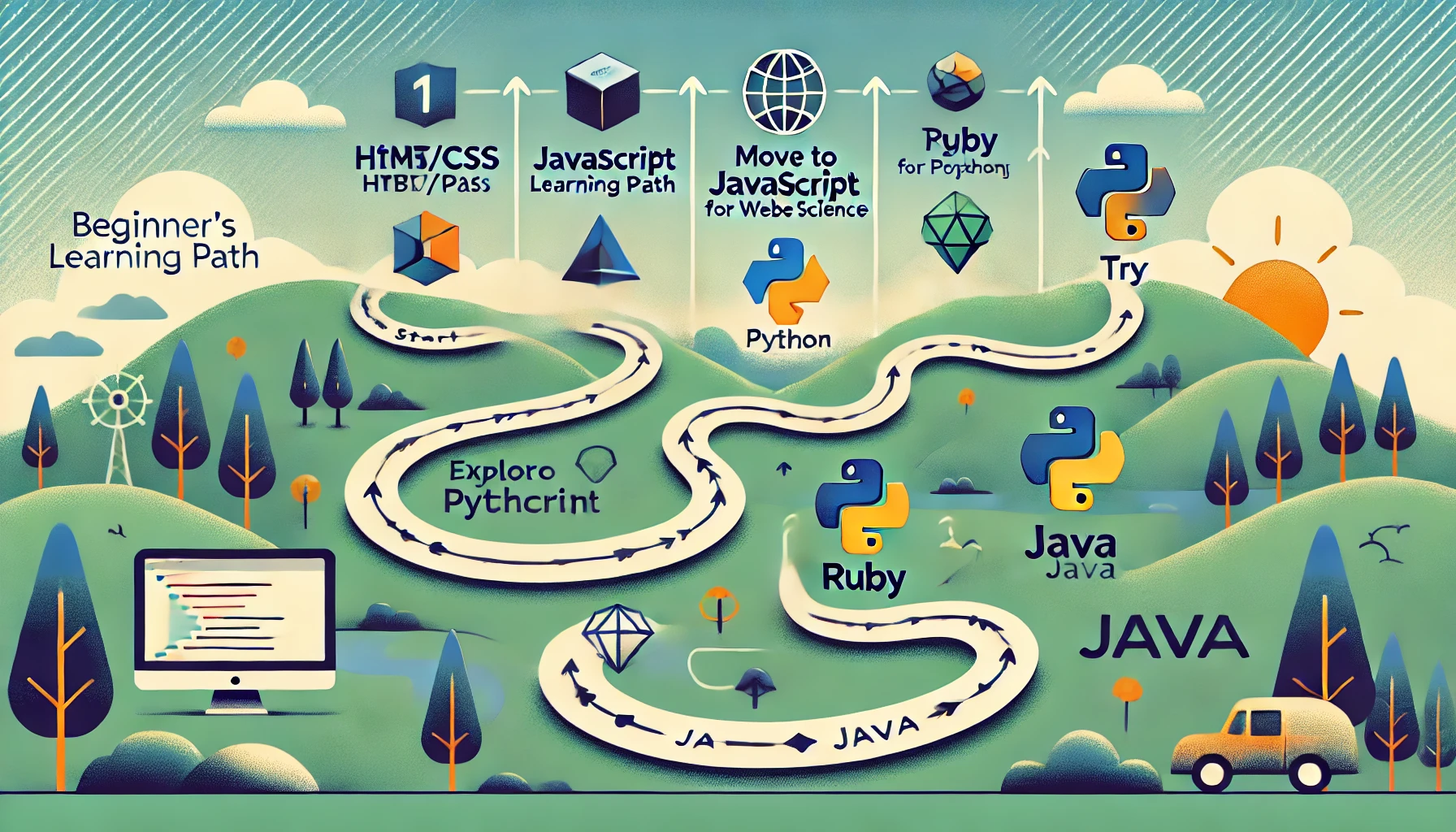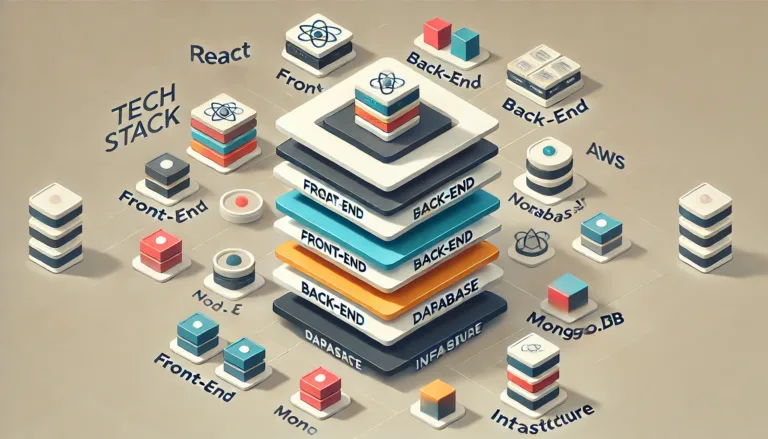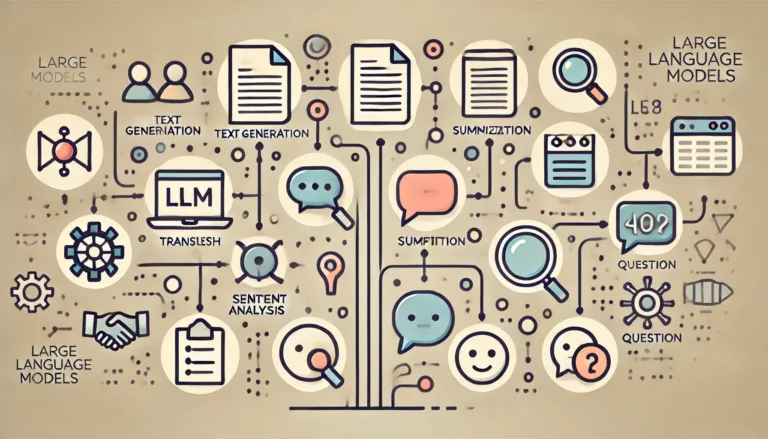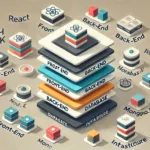
Introduction
When stepping into the world of programming, one of the first—and often most confusing—questions beginners face is: Which language should I start with? It’s a common dilemma, as the choice of a first language can either pave the way for a smooth learning journey or turn into a frustrating battle with syntax and logic. With so many options available, it’s easy to feel overwhelmed by recommendations, each promising to be the easiest and most beginner-friendly. So, how do you know which language is truly the best starting point?
This blog aims to demystify that choice by breaking down the pros and cons of some of the most accessible coding languages for newcomers. We’ll walk through what makes a language “easy” to learn, and match each option to specific learning goals, so you can make an informed decision tailored to your needs and interests.
We’ll explore the strengths, common uses, and learning curves of languages like Python, JavaScript, Ruby, HTML/CSS, and Java. By the end, you’ll have a clear picture of which language to choose based on your desired outcomes, whether you want to build websites, automate tasks, or dive into data science.
Why Choosing the Right Language Matters
Starting off with the right programming language can make a significant difference in how smoothly your learning process goes. Here, we’ll delve into two core aspects: understanding what makes a language easier or harder to learn and aligning your choice with your future goals.
Understanding Ease of Learning
Not all programming languages are created equal—especially when it comes to ease of learning. Several factors influence how beginner-friendly a language is:
- Syntax Simplicity: A language with straightforward syntax is easier for newcomers to grasp. Programming languages like Python are known for using natural, readable syntax that mimics plain English, reducing the cognitive load on beginners.
- Learning Resources and Community Support: A large community and plentiful resources are crucial for beginners. Languages like JavaScript and Python have vibrant communities that offer tutorials, forums, and open-source libraries, making it easier to troubleshoot issues and find guidance.
- Immediate Feedback: Some languages, like JavaScript, allow beginners to see the results of their code almost instantly (e.g., in a web browser), which can be a motivating factor. Visual feedback helps learners better understand the impact of their code and reinforces learning through real-time experimentation.
By understanding these key aspects, you’ll be better equipped to select a language that aligns with your preferred learning style and pace.
Matching Language to Learning Goals
The easiest language to learn isn’t just about minimal syntax; it’s also about choosing one that aligns with your specific goals. Here’s how different goals might influence your choice:
- Web Development: If your primary aim is to create interactive websites or dynamic web applications, start with JavaScript or HTML/CSS. These are essential languages for front-end development, with a relatively gentle learning curve and plenty of hands-on practice opportunities.
- Data Science and Automation: For those interested in working with data, automating tasks, or diving into machine learning, Python is the top choice. Its clean syntax and extensive library support make it easy to start analyzing data quickly.
- Mobile or Enterprise-Level Development: If building mobile applications or working in larger corporate settings is your end goal, Java might be more suitable. While it has a steeper learning curve than others, its structured approach teaches solid programming concepts that translate well across other languages.
- Experimentation and Rapid Prototyping: For creative learners who want to see quick results and enjoy a more flexible approach, Ruby offers an intuitive syntax and a forgiving environment for experimenting with code.
Understanding what you want to achieve with programming will help narrow down the “easiest” language for you, making your learning journey smoother and more aligned with your aspirations.
Top 5 Easiest Coding Languages for Beginners
Python
Python is often hailed as the go-to language for beginners, and for good reason. Its syntax is designed to be clean and readable, making it feel almost like writing in plain English. This minimizes the time spent deciphering complex commands and allows learners to focus more on grasping programming concepts. Additionally, Python’s versatility makes it applicable across various fields, from data science to web development and beyond.
- Why It’s Beginner-Friendly: Python’s readability and straightforward structure eliminate many common learning barriers, allowing beginners to solve problems quickly without getting tangled in syntactical issues. Tasks that require several lines of code in other languages often require just a few in Python.
- Best For: General programming, data analysis, artificial intelligence, machine learning, and automation.
- Highlight: The Python community is one of the most active in the programming world, offering extensive resources, tutorials, and support for newcomers. This wealth of shared knowledge helps beginners tackle problems more confidently.
JavaScript
JavaScript is the language of the web and is essential for anyone looking to get into front-end development. With JavaScript, you can make web pages interactive and dynamic, from creating pop-ups to animating elements. For beginners, the ability to see real-time changes in the browser as they code can be incredibly motivating and educational.
- Why It’s Beginner-Friendly: JavaScript’s immediate feedback loop makes learning fun and intuitive. Its syntax, while slightly more complex than Python’s, is still accessible for beginners, especially when combined with HTML and CSS.
- Best For: Interactive web development, including creating dynamic front-end experiences and building web applications.
- Highlight: JavaScript’s ubiquity means you can use the same language for both front-end (with frameworks like React) and back-end development (using Node.js), making it a versatile choice for full-stack development.
Ruby
Ruby is designed to be simple and enjoyable to write, making it a popular choice for beginners who want a gentle introduction to coding. Its syntax is highly intuitive, and many commands resemble natural English phrases, reducing the learning curve significantly. With Ruby, even complex ideas can be expressed in a few lines of code.
- Why It’s Beginner-Friendly: Ruby’s creator aimed to design a language that prioritized human understanding over machine efficiency, making it ideal for new coders. Its readable syntax and minimal “boilerplate” code allow beginners to quickly grasp programming fundamentals.
- Best For: Web application development, especially when paired with the Ruby on Rails framework, which abstracts away many complex tasks.
- Highlight: Ruby is perfect for those who want to dive straight into building projects without getting overwhelmed by technical jargon or rigid syntax rules.
HTML/CSS
Although HTML and CSS are not traditional programming languages, they are foundational technologies for creating web pages and essential for anyone interested in web development. HTML (Hypertext Markup Language) structures the content of a webpage, while CSS (Cascading Style Sheets) controls its presentation and style.
- Why It’s Beginner-Friendly: Both languages are intuitive and easy to learn, with a clear structure that mirrors the elements and styles seen on web pages. Because HTML and CSS are primarily concerned with defining the look and feel of web pages, beginners can quickly see the results of their efforts.
- Best For: Front-end web design, creating static websites, and building the foundation for more complex web development.
- Highlight: As the gateway to web development, HTML and CSS provide a smooth entry point into coding, often serving as the first step before diving into more complex programming languages like JavaScript or back-end languages.
Java
Java may seem like a daunting language for beginners, but it is often recommended as a first language because of its structured and well-organized syntax. Learning Java early on teaches beginners valuable concepts such as object-oriented programming, which are transferrable to other languages.
Highlight: Java’s object-oriented approach not only makes it easier to organize and maintain code but also prepares beginners for understanding more advanced programming paradigms.
Why It’s Beginner-Friendly: Java’s clear syntax and robust error-checking features help new programmers understand programming concepts more thoroughly. Its use of an Integrated Development Environment (IDE) provides real-time assistance and reduces common errors, making it easier to learn.
Best For: Building large-scale enterprise applications, mobile apps (especially Android), and backend systems.
Comparison of the Easiest Languages
Not all “easy” coding languages are created equal—each has unique features, learning curves, and strengths that cater to specific needs. Below, we’ll break down the differences between these beginner-friendly languages based on syntax simplicity, learning curve, and their best applications.

Syntax Simplicity
When it comes to how readable and straightforward a language’s syntax is, here’s how the top five stack up:
- Python: Python’s syntax is universally considered the simplest for beginners. With a focus on readability, its commands and structure closely resemble plain English, eliminating complex brackets or semicolons.
- HTML/CSS: While not programming languages per se, HTML and CSS are intuitive and straightforward. HTML uses basic tags to define elements, while CSS uses simple rules to style those elements, making the syntax easy to understand.
- Ruby: Ruby’s natural language-like syntax ranks it high in simplicity. Many commands read like sentences, making it easier to write and understand, even for new coders.
- JavaScript: JavaScript has a slightly more complex syntax, with curly brackets, semicolons, and more intricate structures. However, it’s still relatively easy to pick up, especially when focusing on simple web interactions.
- Java: Java’s syntax is the most structured and verbose among these options. It requires more lines of code for simple tasks, which can be challenging for beginners. However, this verbosity helps reinforce programming concepts like object-oriented programming (OOP).
Learning Curve
The ease with which a beginner can pick up a language depends on factors like the amount of setup required, the complexity of concepts, and the availability of resources. Here’s a comparison of learning curves:
- HTML/CSS: The shortest learning curve by far, as learners can start creating simple web pages in just a few hours. Its visual feedback is immediate, making it perfect for building confidence.
- Python: Python has a gentle learning curve. Its minimalistic syntax and extensive resources make it easy for beginners to quickly build small projects.
- JavaScript: JavaScript’s initial learning curve is moderate. Beginners can quickly start creating interactive elements for web pages, but mastering more complex features, like asynchronous programming, takes time.
- Ruby: Ruby’s learning curve is slightly steeper than Python’s, as it introduces more advanced programming concepts early on. However, frameworks like Ruby on Rails make it easier for beginners to build projects rapidly.
- Java: Java has the steepest learning curve due to its strict syntax rules and the need to understand foundational programming concepts like classes and objects. It requires patience and persistence, but the knowledge gained is invaluable for mastering other languages.
Best for Specific Fields
Different languages excel in different fields. Here’s a breakdown of where each language shines:
- Web Development:
- HTML/CSS: The backbone of any webpage, essential for creating static content and defining page structure.
- JavaScript: Best for adding interactivity and dynamic content to websites. Also used in frameworks like React and Angular for more complex front-end development.
- Ruby: With Ruby on Rails, Ruby is a solid choice for building web applications quickly and efficiently.
- General Programming:
- Python: The most versatile language, perfect for beginners exploring a range of fields, from scripting to full-scale software development.
- Java: A robust choice for those looking to develop enterprise-level applications or dive into Android app development.
- Data Science and AI:
- Python: The clear winner here. With libraries like Pandas, NumPy, and TensorFlow, Python is the go-to language for data manipulation, visualization, and machine learning.
In summary, Python is the best all-around choice for beginners looking to experiment across multiple domains, while HTML/CSS and JavaScript are ideal for those with a strong focus on web development. For aspiring mobile or large-scale developers, Java provides a solid foundation, and Ruby is an excellent pick for those interested in building web applications in a straightforward, enjoyable manner.
Choosing Based on Your Learning Style
Learning to code is not a one-size-fits-all journey. Just as people have different learning styles, the right programming language can depend on how you absorb information and stay engaged. Whether you’re a visual learner who needs to see instant results, a logical thinker who prefers a structured path, or an experimenter who enjoys tinkering, choosing a language that aligns with your learning style can make all the difference.
Visual Learners
If you learn best by seeing real-time changes and enjoy watching the immediate effects of your work, look no further than JavaScript or HTML/CSS. These languages provide instant visual feedback, making it easy to grasp what’s happening as you modify code. With just a few tweaks in HTML or CSS, you can instantly alter the look and layout of a webpage. Similarly, JavaScript lets you create dynamic elements—buttons that react when clicked, animations that move across the screen, or even interactive games.
- Recommendation: Start with HTML/CSS to build a strong foundation in web design, then move on to JavaScript to add interactivity and make your projects come alive.
- Why It Works: The immediate, visual nature of these languages helps reinforce what you’re learning, allowing you to see the impact of each change and understand concepts more intuitively.
Logical Thinkers
For those who thrive on structure, organization, and clear rules, Python or Java are the best matches. Logical thinkers prefer a more methodical approach to problem-solving and enjoy languages that emphasize clarity and structured thinking.
- Python: Python’s straightforward syntax and logical flow make it an excellent choice for those who appreciate simplicity. It allows you to focus on problem-solving and programming concepts without getting bogged down by syntax complexities.
- Java: Java, on the other hand, is perfect for those who want to dive deep into the principles of object-oriented programming. Its emphasis on strict structure and modularity builds a strong foundation for understanding the inner workings of software development.
- Recommendation: Choose Python if you want to get started quickly and see results with minimal setup. Opt for Java if you’re looking to build a robust understanding of software architecture and object-oriented design.
- Why It Works: These languages cater to logical thinkers by providing clear guidelines and logical constructs that reduce ambiguity and help learners build a strong foundation in computational thinking.
Experimenters
Do you prefer diving in and trying things out rather than sticking to strict guidelines? If so, Ruby might be the ideal language for you. Ruby’s focus on making programming fun and intuitive means you can experiment freely, tweaking and playing with code without fear of breaking things.
- Recommendation: Start with Ruby if you enjoy testing new ideas, building small projects, and exploring code through trial and error.
- Why It Works: Ruby’s forgiving syntax and emphasis on readability make it easy to try out different approaches, while its dynamic nature allows for rapid prototyping. This flexibility is perfect for experimenters who want to explore creative coding without getting bogged down by rigid rules.
By aligning your choice of programming language with your learning style, you can enhance your coding experience, stay motivated, and ultimately grasp concepts more deeply. The key is to choose a language that feels intuitive and complements the way you naturally process information.
Final Recommendations & Conclusion
Choosing the right programming language is essential for setting the tone of your coding journey. Each language covered in this blog has unique strengths and is tailored to different learning styles and goals. Here’s a quick recap to help you decide which one aligns with your aspirations:
- Python: The top choice for overall versatility and ease of learning. Its simple syntax, broad applicability, and extensive community support make it perfect for general programming, data science, and artificial intelligence.
- JavaScript: Ideal for visual learners and aspiring web developers. Its immediate visual feedback and ubiquity in both front-end and back-end development make it a must-learn for building interactive websites.
- Ruby: Great for experimenters who want a language that is intuitive and fun. Ruby’s readable syntax and dynamic nature make it suitable for web applications and quick prototyping.
- HTML/CSS: Best for those who want to dip their toes into web development. HTML/CSS is the simplest way to start creating web content, providing a solid foundation for further exploration.
- Java: Perfect for logical thinkers looking to build a strong grasp of object-oriented programming. Java’s clear structure and extensive documentation make it ideal for building enterprise-level applications and mobile apps.
My Recommendation
After weighing all factors—syntax simplicity, learning curve, and versatility—Python emerges as the top pick for beginners. Its readability, wide range of applications, and strong support network make it the easiest language to learn for most newcomers. Whether you’re looking to automate tasks, analyze data, or explore AI, Python is an excellent starting point that opens the door to various fields.
Call to Action
Ready to start your coding journey? Choose a language that matches your learning style and goals, and don’t be afraid to experiment! There are countless free resources available, such as Codecademy, Coursera, and FreeCodeCamp, to help you get started. Pick a language, dive into a beginner-friendly course, and start building your first project today!
Remember, the best language is the one you stick with. Happy coding! 💻🚀
Additional Resources
Getting started with a new programming language is easier when you have the right resources and guidance. Below, we’ve curated a list of reliable platforms and specific beginner-friendly courses for each language, along with project ideas to help solidify your skills.
Python
- Learning Resources:
- Codecademy: Learn Python — An interactive beginner’s course covering Python basics.
- Coursera: Python for Everybody by the University of Michigan — A comprehensive introduction to Python and its applications.
- Real Python — A treasure trove of tutorials and articles for Python enthusiasts.
- Beginner Projects:
- Create a simple calculator.
- Build a “Guess the Number” game.
- Develop a to-do list application.
JavaScript
- Learning Resources:
- JavaScript.info — A detailed guide on JavaScript fundamentals.
- FreeCodeCamp: JavaScript Algorithms and Data Structures — A hands-on course to master JavaScript basics.
- MDN Web Docs: JavaScript — Mozilla’s in-depth guide for learning JavaScript.
- Beginner Projects:
- Build a simple interactive quiz.
- Create a dynamic to-do list using HTML, CSS, and JavaScript.
- Develop a basic weather app that pulls data from an API.
Ruby
- Learning Resources:
- Codecademy: Learn Ruby — A straightforward introduction to Ruby’s syntax and programming style.
- The Odin Project: Ruby Programming — A free, open-source curriculum focusing on web development with Ruby.
- RubyMonk — Interactive Ruby tutorials for beginners.
- Beginner Projects:
- Build a simple blogging platform.
- Create a basic command-line application.
- Develop a basic web app using Ruby on Rails.
HTML/CSS
- Learning Resources:
- W3Schools: HTML & CSS — A beginner-friendly platform for learning HTML and CSS from scratch.
- MDN Web Docs: HTML & CSS — Comprehensive documentation for both HTML and CSS.
- Codecademy: Learn HTML & CSS — Hands-on lessons for beginners.
- Beginner Projects:
- Design and build a personal portfolio website.
- Create a static landing page for a fictional business.
- Build a responsive photo gallery.
Java
- Learning Resources:
- Coursera: Java Programming and Software Engineering Fundamentals by Duke University — A series of courses designed to take beginners from zero to proficient.
- Codecademy: Learn Java — An interactive course covering the basics of Java.
- JavaTpoint — In-depth tutorials on Java concepts.
- Beginner Projects:
- Create a simple banking application.
- Develop a basic mobile app using Android Studio.
- Build a small text-based adventure game.
Conclusion
Choosing the right language isn’t just about what’s “easiest”—it’s about what aligns with your personal goals, interests, and preferred learning style. Whether you’re drawn to Python for its readability, JavaScript for its interactive nature, Ruby for its creativity, or Java for its structure, the best language is the one that keeps you engaged and motivated to continue learning.
Remember, coding is a marathon, not a sprint. The real key is consistency. Stick with the language that sparks your curiosity, and don’t be afraid to switch paths as your interests evolve. With dedication and practice, you’ll soon be turning ideas into code—and building the digital projects you’ve always dreamed of.
So, pick a language, dive into a course, and start coding today. The world of programming awaits! 💻🌟
FAQ: Common Questions About Choosing the Easiest Coding Language
1. What is the easiest programming language for absolute beginners?
- Answer: Python is widely considered the easiest programming language for absolute beginners due to its simple, English-like syntax and minimal setup requirements. It allows newcomers to focus on understanding programming concepts without getting overwhelmed by complex syntax rules.
2. Should I start with HTML and CSS before learning a programming language?
- Answer: Yes, if your goal is web development, HTML and CSS are great starting points. They’re not programming languages but are essential for building and styling web pages. Once you’re comfortable with HTML/CSS, transitioning to JavaScript will be smoother.
3. How long does it take to learn these beginner-friendly languages?
- Answer: It depends on the language and your learning pace. For example, HTML/CSS can be learned in a few days or weeks, while mastering Java or Python might take a few months. The key is consistent practice and working on small projects to solidify your understanding.
4. Which language should I choose if I want to build mobile apps?
- Answer: For mobile app development, Java is a strong choice, especially for Android apps. If you’re interested in iOS development, consider learning Swift. Alternatively, JavaScript with frameworks like React Native can be used to build cross-platform mobile apps.
5. Can I switch languages after starting with one?
- Answer: Absolutely! Many concepts are transferable between languages. Once you’ve mastered the basics in one language, learning another becomes easier. Focus on learning programming fundamentals first, as they’ll serve as a strong foundation no matter which language you choose next.
